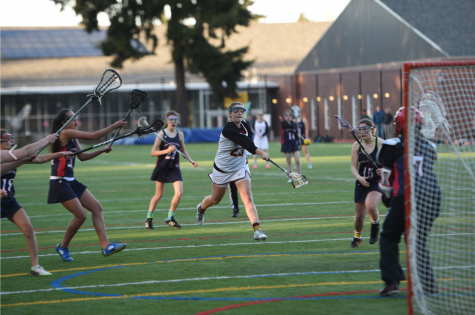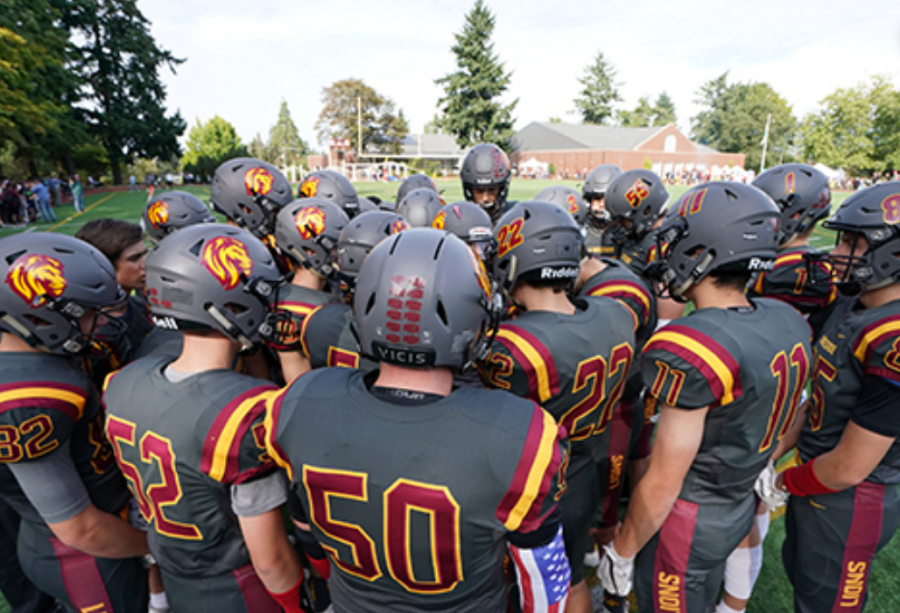The Lakeside Athletics Budget
When I became the director of athletics in 2014, one of the first things that I looked at was the budget for Upper School sports. I had coached three different sports at Lakeside prior to my appointment (football, golf, and boys lacrosse) and knew that there were some issues with budgeting that needed to be addressed. My main goal in addressing the budget was to ensure that all teams and programs had the necessary funding to train, compete, build a strong team culture, and celebrate the season.
The program heads (the head varsity coaches) and I looked closely at team operating budgets asking the following questions:
- Do we have funding for all of the necessary equipment, travel, and staffing to run a successful program?
- Are there policies and practices that create inequitable funding for some teams that need to change?
- What experiences do we want all teams to have access to?
With those as our guide, we began to change how money was allocated.
Our research led us to reallocate money to create far more equitable experiences across all sports. For instance, uniforms for all teams are replaced every three or four years. Also, we made sure that all teams have funds to cover the cost of team-bonding experiences. Some teams go away for a weekend; others have sleepovers or have team meals together. Additionally, we set aside funds so that all athletes get a piece of apparel that they get to keep. Finally, we stopped charging families for travel and lodging for league, district, and state playoffs as well as team banquets.
Prior to 2014, families were billed for many expenses. The reorganization of the budget led to at 65 percent decrease in what families are billed. The athletics budget now covers the cost of apparel, team meals, senior gifts, and post-season travel. We made sure that athletes are fed appropriately. For instance, when teams have competitions that are later in the evening, funds are provided to pay for meals. Sometimes, parents/guardians provide those meals. Coaches can also purchase sandwiches from local restaurants.
We were able to make these changes because all the program heads agreed to share revenue from the fundraisers that athletics runs throughout the year. Ticket sales from basketball and football games, concession stand sales, and revenue generated from basketball tournaments that the athletics department hosts a few weekends each year all contributeto the budget. Those funds are used to cover the cost of the apparel that athletes get to keep, banquets, and post-season travel.
I am often asked about how funding is distributed between girls and boys sports. We start with an equitable distribution of funds based on the answers to the questions outlined above. The way coaches choose to use their funds is up to them. For instance, some coaches really like to have an overnight trip; others want to use funds to support more team meals or additional funding for gifts or apparel.
In terms of thinking about funding decisions for the various teams, sports like cross country, wrestling, tennis and crew have one budget that covers all athletes (male and female). For basketball, because the teams have the same needs and use the same facilities, their budgets are the same. The boys lacrosse budget is larger than the girls. This is because equipment costs are higher for the boys team. Things like helmets and shoulder pads are not needed in girls lacrosse.
Some people see some sports getting more “stuff” than others. For instance, some think that the football team gets new helmets each year, when in reality the helmets go through a process of being tested to make sure they are safe and then repainted. When concerns like this are raised, I remind people that all coaches for all programs have a voice in ensuring that their budget sufficiently covers all that is necessary and important.
This is true when looking at coaching staff, another place some people see inequity. We staff each team with the sufficient number of coaches. When sports are similar, like boys and girls soccer, we budget for the same number of coaches for each team. It is important to note, however, that there are times when individuals volunteer to coach, creating larger coaching staff than what is budgeted.
I hope that what I have shared shines a better light on how the budget is built and what criteria are used to make decisions about funding. I also hope that if this article does not answer the questions you have or address concerns that you have, you will email me or speak with me.
Go Lions!



Brien Kinkel Class of 1973 | Jul 4, 2020 at 1:29 pm
To the Editor:
The 2020-2021 academic year marks the fiftieth anniversary of the attempt by some inspired students to change Lakeside’s mascot from the Lions to the Barking Geckos. Erik Larson ’71 began this campaign with a letter to the editor of the Tatler extolling the virtues of the barking gecko, and generally disparaging lions, as I recall. I vividly recall that he concluded his proposal with this exhortation: “Dig it, space cats!”
The issue was raised at the next student assembly. While most were not taking it seriously, Peter Odland ’72 stood up to say that as he was turning out for football the following year, he didn’t want to be known as a Barking Gecko. I thought the idea was fabulous and stood up to say that I would be turning out for track in the spring, “and I would be PROUD to be a Barking Gecko.”
These were dramatic times on the Lakeside campus. Rumors of admitting women to the student body (an issue not without controversy), substance abuse, the Vietnam War draft, civil rights struggles, potential abortion legalization, all of these were issues Lakeside students were dealing with. The Barking Geckos proposal was refreshingly frivolous and fun.
A great idea that I believe should be revived and revisited right about now. NOW.
Dig it, space cats!